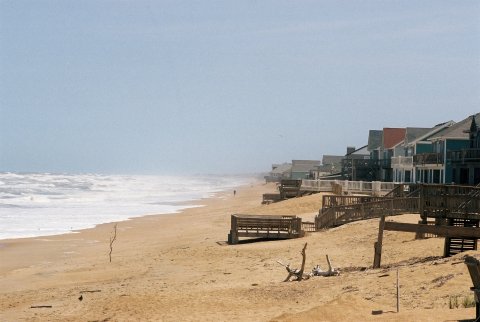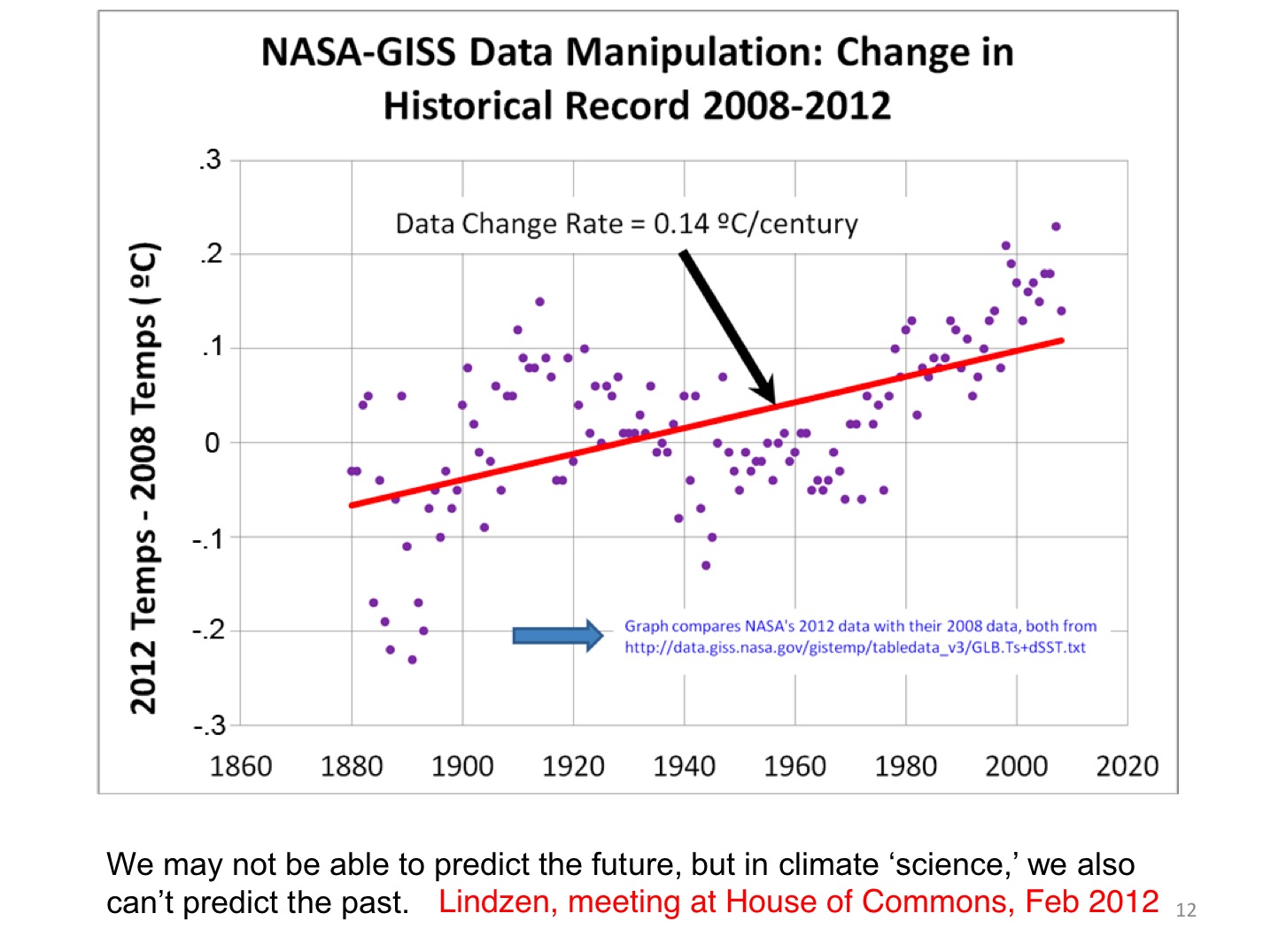Guest Commentary by Christopher Hennon (UNC Asheville)
Get involved in a new citizen science project at CycloneCenter.org.
The poor quality of the tropical cyclone (TC) data record provides severe constraints on the ability of climate scientists to: a) determine to what degree TCs have responded to shifts in climate, b) evaluate theories on how TCs will respond to climate change in the future. The root cause for the poor data is the severity of the TC conditions (e.g. high wind, rough seas) and the remoteness of these storms – the vast majority of which form and remain well away from most observing networks. Thus, most TCs are not observed directly and those that are (with buoys, aircraft reconnaissance, ships) are often not sampled sufficiently (see the IBTrACS, (Knapp et al., 2010)).
This leaves tropical cyclone forecasters, who are ultimately responsible for recording TC tracks and intensities (i.e. maximum wind speeds), with a challenging problem. Fortunately, there is a tool called the Dvorak Technique which allows forecasters to make a reasonable determination of the TC intensity by simply analyzing a single infrared or visible satellite image, which is almost always available Velden et al., 2006). The technique calls for the analyst to determine the center location of the system, the cloud pattern type, the degree of organization of the pattern, and the intensity trend. A maximum surface wind speed is determined after the application of a number of rules and constraints.

There has been recent work to eliminate the human element in the Dvorak Technique by automating the procedure. The Advanced Dvorak Technique (ADT) uses objective storm center and cloud pattern schemes to remove the subjectivity (Olander and Velden, 2007). All other classification rules and constraints are then applied and combined with additional statistical information to produce automated intensity estimates. Although the ADT skill is comparable to experienced human Dvorak analysts, large errors can occur if the scene type is not identified properly.
A new crowd sourcing project, called Cyclone Center, embraces the human element by enabling the public to perform a simplified version of the Dvorak Technique to analyze historical global tropical cyclone (TC) intensities (Hennon, 2012). Cyclone Center’s primary goal is to resolve discrepancies in the recent global TC record arising principally from inconsistent development of tropical cyclone intensity data. The Cyclone Center technique standardizes the classification procedure by condensing the Dvorak Technique to a few simple questions that can be answered by global, nonprofessional users.
One of the main advantages of this approach is the inclusion of thousands of users, instead of the 1-3 who would normally classify a TC image. This allows the computation of measures of uncertainty in addition to a mean intensity. Nearly 300,000 images, encompassing all global TCs that formed from 1978-2009, will be classified 30 times each – a feat that would take a dedicated team of twenty Dvorak-trained experts about 12 years to complete. Citizen scientists have already performed over 100,000 classifications since the project launch in September. Once the project is complete, a new dataset of global TC tracks and intensities will be made available to the community to contribute to our efforts to provide the best possible TC data record.
Interested readers are encouraged to learn more about and participate in the project at the cyclonecenter.org website (there are some FAQ on the project blog). The CycloneCenter project is a collaboration between the Citizen Science Alliance, NOAA National Climatic Data Center (NCDC), University of North Carolina at Asheville, and the Cooperative Institute for Climate and Satellites (CICS) – North Carolina.
References
- K.R. Knapp, M.C. Kruk, D.H. Levinson, H.J. Diamond, and C.J. Neumann, "The International Best Track Archive for Climate Stewardship (IBTrACS)", Bulletin of the American Meteorological Society, vol. 91, pp. 363-376, 2010. http://dx.doi.org/10.1175/2009BAMS2755.1
- C. Velden, B. Harper, F. Wells, J.L. Beven, R. Zehr, T. Olander, M. Mayfield, C.�. Guard, M. Lander, R. Edson, L. Avila, A. Burton, M. Turk, A. Kikuchi, A. Christian, P. Caroff, and P. McCrone, "The Dvorak Tropical Cyclone Intensity Estimation Technique: A Satellite-Based Method that Has Endured for over 30 Years", Bulletin of the American Meteorological Society, vol. 87, pp. 1195-1210, 2006. http://dx.doi.org/10.1175/BAMS-87-9-1195
- J.A. Knaff, D.P. Brown, J. Courtney, G.M. Gallina, and J.L. Beven, "An Evaluation of Dvorak Technique–Based Tropical Cyclone Intensity Estimates", Weather and Forecasting, vol. 25, pp. 1362-1379, 2010. http://dx.doi.org/10.1175/2010WAF2222375.1
- T.L. Olander, and C.S. Velden, "The Advanced Dvorak Technique: Continued Development of an Objective Scheme to Estimate Tropical Cyclone Intensity Using Geostationary Infrared Satellite Imagery", Weather and Forecasting, vol. 22, pp. 287-298, 2007. http://dx.doi.org/10.1175/WAF975.1
- C.C. Hennon, "Citizen scientists analyzing tropical cyclone intensities", Eos, Transactions American Geophysical Union, vol. 93, pp. 385-387, 2012. http://dx.doi.org/10.1029/2012EO400002

